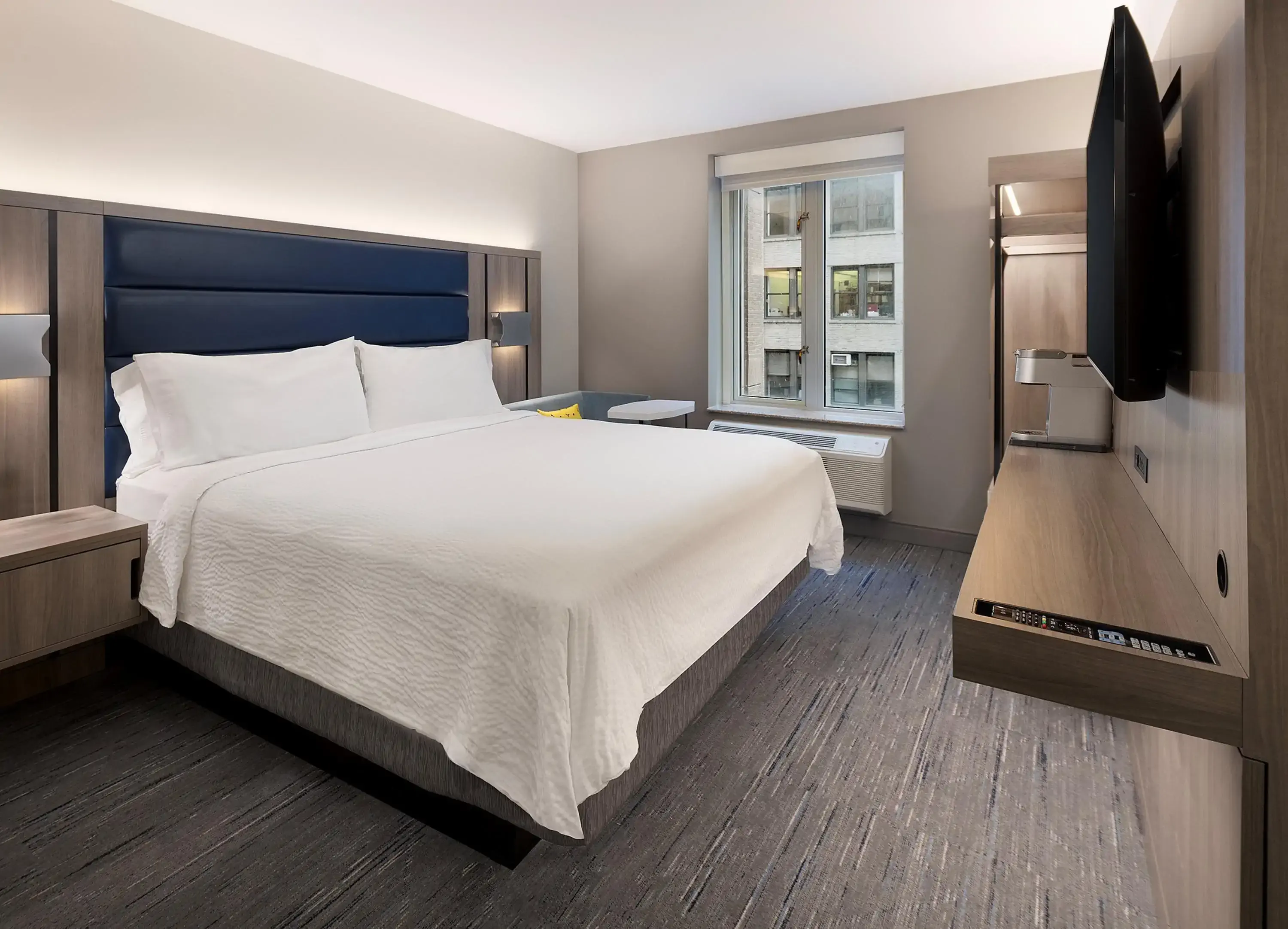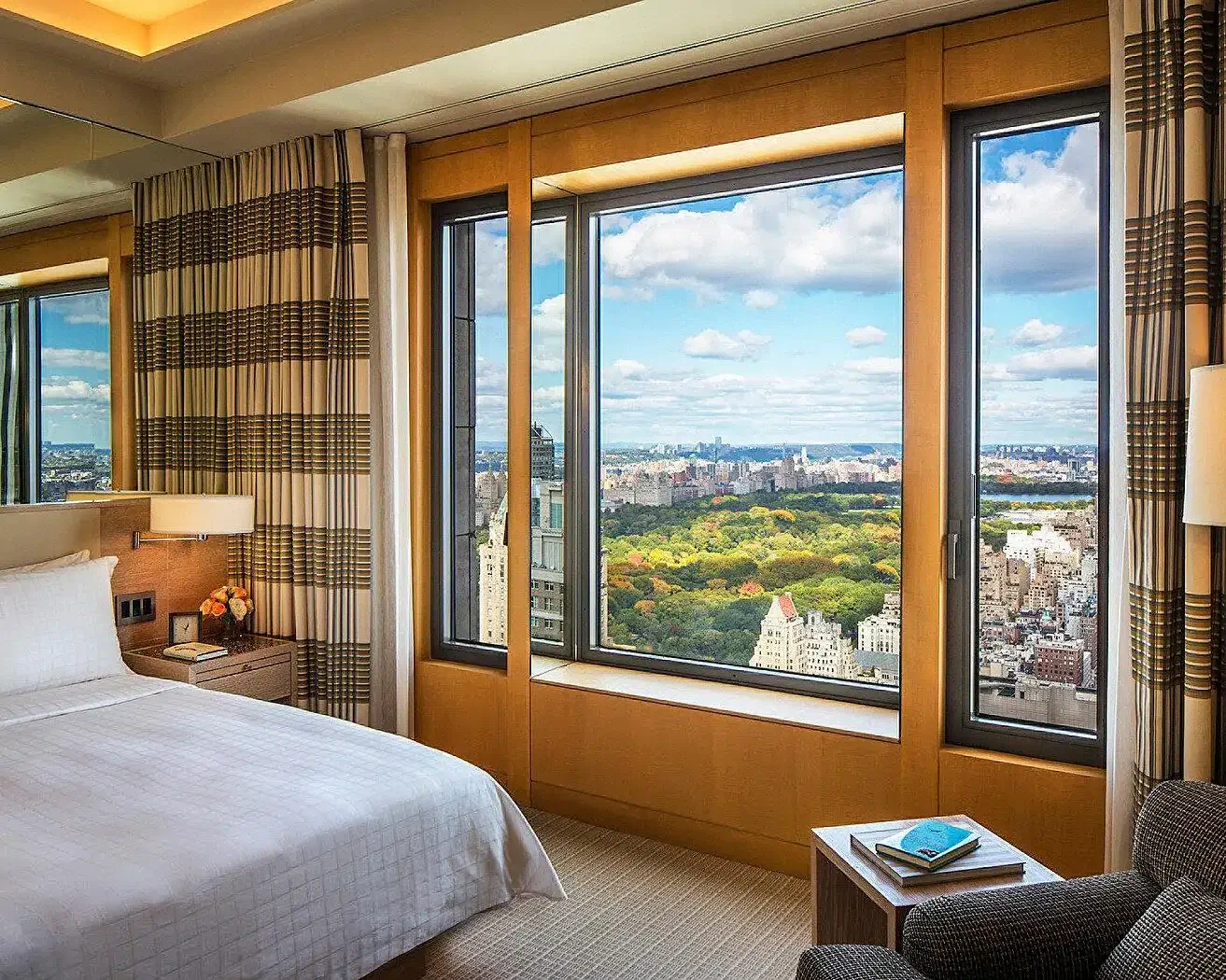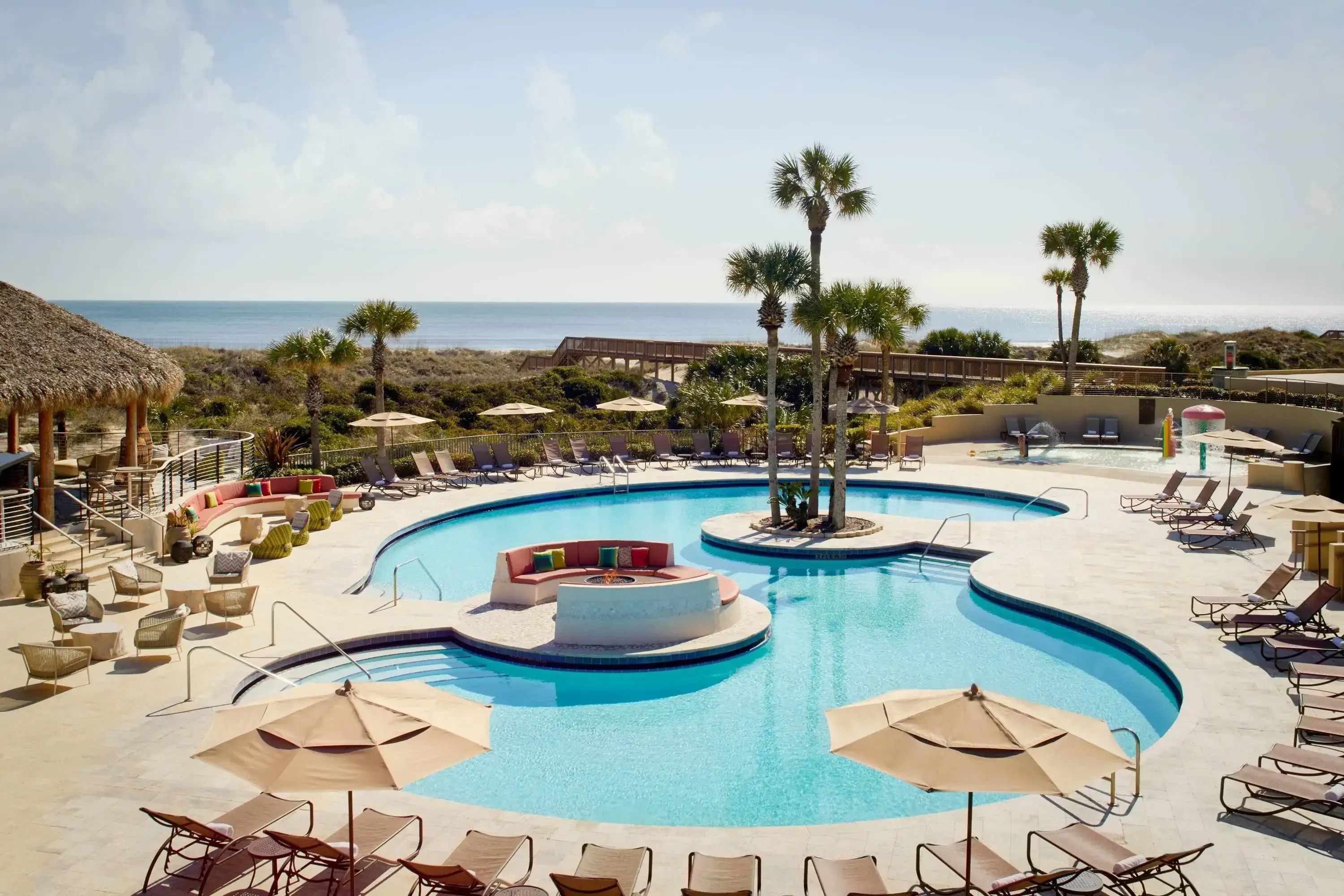When you’re looking for the perfect place to stay, using the hotel star rating system is key. Hotel stars indicate a hotel’s cleanliness, quality, level of services, and amenities.
Whether you’re traveling for business or pleasure, it can be time-consuming to wade through all the options and find the best hotel for your needs, and that’s where hotel stars come in. Here’s everything you need to know about this rating system.
Hotel star ratings explained
1-star: Basic accommodation, minimal in-room amenities (bed and bathroom), no or very few hotel services and facilities. Even if it’s a 1-star, it should still be clean and well-maintained.
2-star: Still basic but a bit more comfortable, some in-room amenities (TV, phone or even housekeeping), limited hotel services and facilities, such as a front desk.
3-star: The mid-range is more comfortable again with decent in-room amenities and regular housekeeping. Hotel services and facilities may extend to a restaurant, fitness and business centers.
4-star: Tipping into luxury territory, with full-service, high-quality accommodation, decor and furnishings, and lots of in-room amenities. Expect room service, concierge and serious on-site facilities from multiple dining options to spa and sports facilities.
5-star: Top-tier luxury with all the bells and whistles across every part of the hotel. Exceptional service (butlers, personalized experiences), extensive amenities (spa, valet, fine-dining), unique quirks, and often in prime locations and historic or iconic properties.
6- or 7-star: If you visit Dubai, you’ll see plenty of hotels claiming 6- and 7-star ratings. These are just self-awarded marketing messages. The standard hotel ratings structure favored by Forbes and AAA only goes up to 5 stars.
What do hotel stars mean?

Star ratings are helpful to set expectations and make people feel more confident that they know what type of hotel they’re booking. If you want to determine what makes a great hotel (or a subpar one), using this rating system can be beneficial.
It’s important to note here, though, that there is no universal rating system. Rather, there are various evaluating bodies. Hotel stars are awarded by independent organizations, travel sites, and tourism authorities.
Some of these evaluating bodies have their own star ratings (you may see that a certain travel site only awards hotels up to three stars, for example). For this reason, you could see the same hotel rated as 3, 4, or 5 stars, depending on the site you’re using.
The most common hotel star rating systems
There are a few common hotel star rating systems that travelers should know. These include the below, although there are many more:
- AAA Diamond Ratings
- Forbes Travel Guide
- MICHELIN Key Guide
Though they may differ slightly, in general, these rating systems award hotels on a 1- to 5-star basis. Some of the main criteria used to award stars include the quality of the property’s facilities, the level of service, the design and the amenities available to guests.
How does the hotel star system work in Europe?
As with the US and the rest of the world, there’s no single standardized hotel rating system that applies to every country across Europe. Generally, hotels get a similar 1- to 5-star rating, although the focus on what’s needed to achieve that rating can change from country to country.
Some will use government or national tourist board criteria to set the standard, while others will use established independent rating organizations, such as the UK’s AA Hotel Guide, similar to the AAA in the US. I suggest always checking the rating guidelines for the country you’re traveling to so you know what you’re booking. A 4-star hotel in Italy may be very different from a 4-star hotel in France.
No stars vs 1-star vs 2-stars
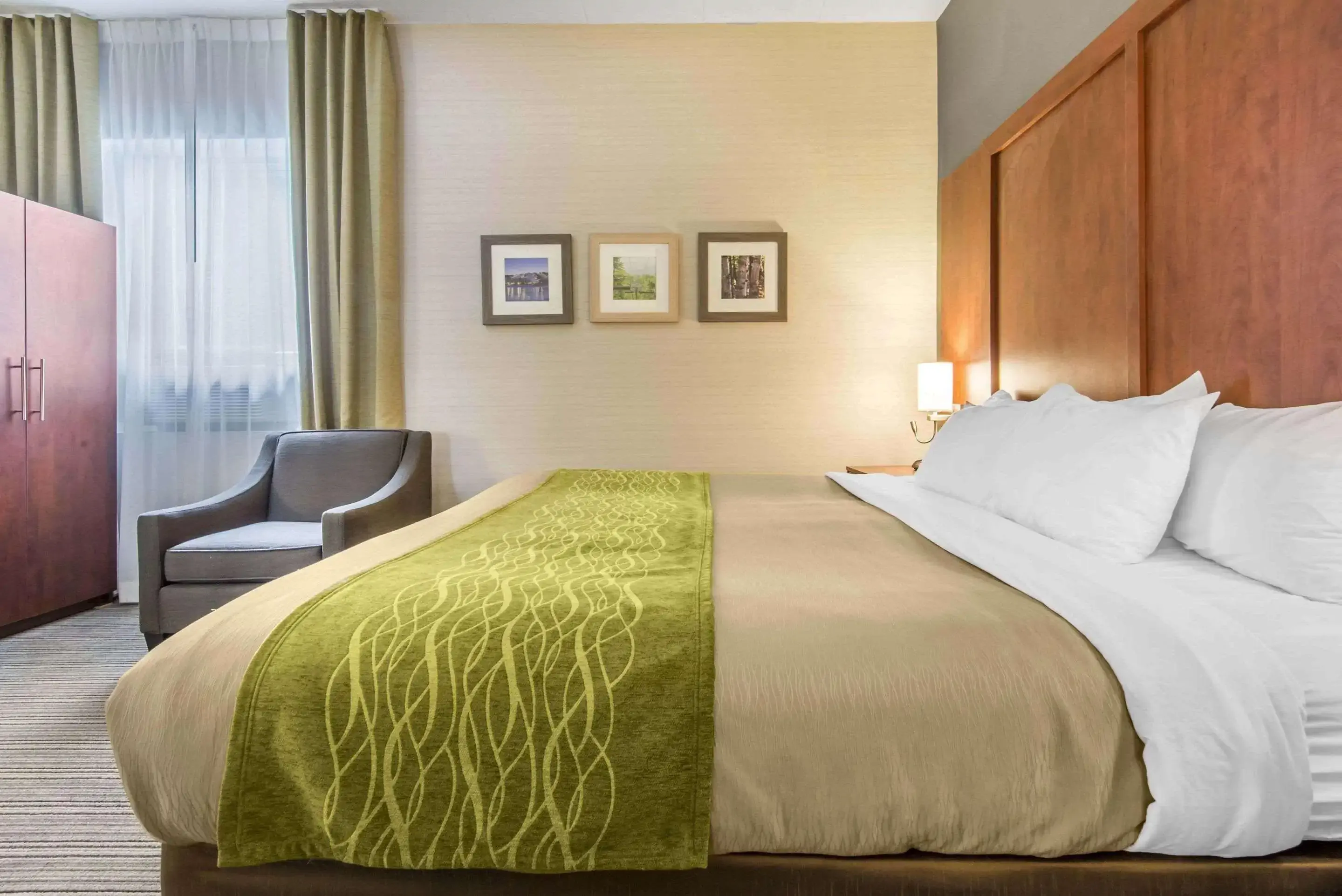
“No star” hotels haven’t received an official star rating. These are sometimes just below one-star hotels, and sometimes they’re boutique hotels that have opted not to have a star rating because they offer such an individualized experience.
Expect the most basic accommodations at a 1-star hotel. That’s not to say that this type of hotel will be unclean or unsafe — it just indicates that a property has no frills in the form of extra amenities or services. One-star hotels generally have a bed and a bathroom, and that’s about it. Rooms may not have a TV or other amenities. These properties also don’t guarantee daily cleaning or 24-hour reception. Hostels and backpacker motel rooms fall into this category.
Two-star hotels are a step up from 1-star hotels in that they likely offer a few amenities, such as daily housekeeping, 24-hour reception, and a phone or TV in the room. Some 2-star hotels provide a continental breakfast. Overall, both 1- and 2-star hotels are the most cost-effective hotel options.
Examples of 2-star hotels: Budget chain motels like Comfort Inn and La Quinta.
2-star vs 3-star hotel
Three-star hotels offer a blend of affordability and more upscale comfort. Guest rooms have quality bedding; rooms are spacious and equipped with a desk, closet, flat-screen TV, and coffeemaker.
The main difference between a 2-star and a 3-star is the amenities provided. Whereas 2-star hotels don’t have much in the way of amenities, you can bet that a 3-star hotel will have a fitness center, business-friendly amenities (such as conference rooms), and likely a pool and on-site dining options.
Three-star hotels also tend to be more conveniently located than lesser-star hotels. Often, you’ll find them in urban areas, near major tourist attractions and restaurants. Expect to have 24-hour reception and good customer service.
Examples of 3-star hotels: Courtyard by Marriott, Hampton Inn and Holiday Inn, like the Holiday Inn Express in Chelsea.
3-star vs 4-star hotel
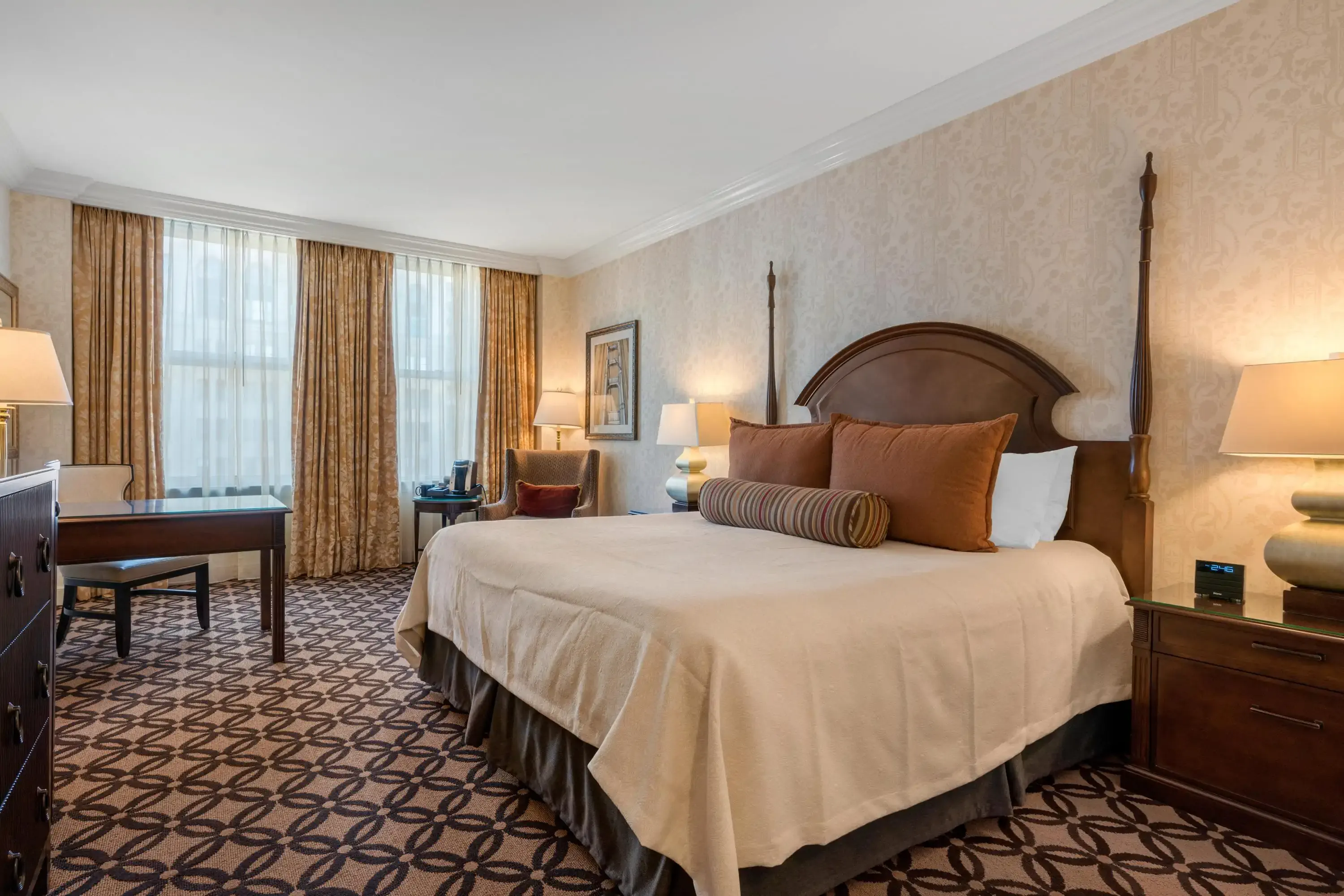
A 4-star hotel is considered luxury lodging. Guest rooms are more spacious, with top-quality linens, pillowtop mattresses, bathrobes, slippers, minibars, and upscale toiletries, plus equipped kitchens. More services are offered, too, such as concierges, 24-hour room service, and car valet.
In terms of on-property amenities, these likely include signature spas, indoor and outdoor pools, sizable fitness centers, and fine dining on-site. These types of hotels are usually located near beaches, major cities, or other tourist destinations. You’ll also likely notice that everything from the decor to the grounds is very well maintained. Lobbies are larger, and Wi-Fi is as speedy as it gets.
When it comes to a 3-star vs 4-star hotel, the main difference is that 3-star hotels are more geared toward comfort, whereas 4-star hotels aim to provide a luxury experience. You won’t find a signature spa, customized fitness class, or multiple pools at most 3-star hotels but you will at a 4-star hotel. The other difference is that staff generally provide more personalized service at 4-star properties.
Examples of 4-star hotels: Westin by Marriott and Omni Hotels and Resorts, such as the Omni San Francisco Hotel.
4-star vs 5-star hotel

Five-star properties are the best you can get. At these hotels, attention to detail is unparalleled, and the customer service is very personalized. The amenities list is long. Guests can take advantage of a spa with personal trainers, gourmet restaurants, a dedicated concierge, saunas and steam rooms, live entertainment, and more.
Five-star properties are also beautifully decorated and maintained, and often located in architecturally historic buildings. As you might expect, rooms come with designer linens and furnishings. The bedding is supremely comfortable, and in-room amenities will likely include spacious hot tubs, luxurious robes and slippers, an electric safe, and kitchenettes.
The biggest difference between a 5-star and a 4-star hotel is that 5-star hotels are geared toward the wealthiest clientele. Expect everything to be extravagant, from the on-property amenities to the lobby. Staff are trained to be at the beck and call of all guests, providing highly personalized services.
Examples of 5-star hotels: The Ritz-Carlton, such as The Ritz-Carlton Amelia Island, and the Four Seasons NYC.
Star rating limitations
While the star rating system provides a good window into the level of services, amenities, and quality you can expect from a given hotel, there are some limitations. Because of the sheer number of companies and travel sites that award stars, it can occasionally be tough to find a universal opinion on a hotel’s rating.
It’s also important to note that these ratings don’t necessarily capture factors like general ambiance and individual preference. Because of this, you’ll want to use the other comparison tools when booking your next stay.
Finding the perfect hotel can be challenging, considering how many options there are to pick from. Hotel stars are helpful when it comes to setting basic expectations and providing insight into a property’s standards and services. That said, hotel stars should also be viewed as a starting point.
Star ratings FAQs
Generally, the max hotel rating is 5 stars (though some authorities have rating systems that only go up to 3 stars). A greater number corresponds to a greater level of luxury. That said, there are official and unofficial star ratings, and any hotel can say that it’s a 3-, 4-, or 5-star property. Officially, the ratings go up to 5, but unofficially, some hotels call themselves “7-star” properties to indicate a high level of luxury.
“Seven-star” hotels aren’t officially a thing in terms of the star rating system, but you may hear this phrase used to describe certain 5-star hotels that are considered over-the-top luxurious. A few examples of the kind of next-level luxury that might earn a hotel “7-stars” include extravagant amenities and services like butlers, private cinemas, your own rooftop terrace, and fine dining (just to name a few).
Some examples include The AYANA Villas Bali, where guests receive a three-course Floataway Champagne Brunch in the pool, and the Burj Al Arab Jumeirah, which offers guests 17 types of pillows (yes, you read that right) to choose from.
Hotel amenities are in-room “extras” and on-property services and common areas. The higher the star rating, the more amenities you can expect to find. For example, 1- and 2-star hotels have very basic in-room amenities, like air conditioning, a TV, and Wi-Fi. At the other end of the spectrum, 4- and 5-star hotels have opulent in-room amenities that include gourmet coffee, high-end luxury toiletries, and a sleeker-than-normal TV with free streaming options.



